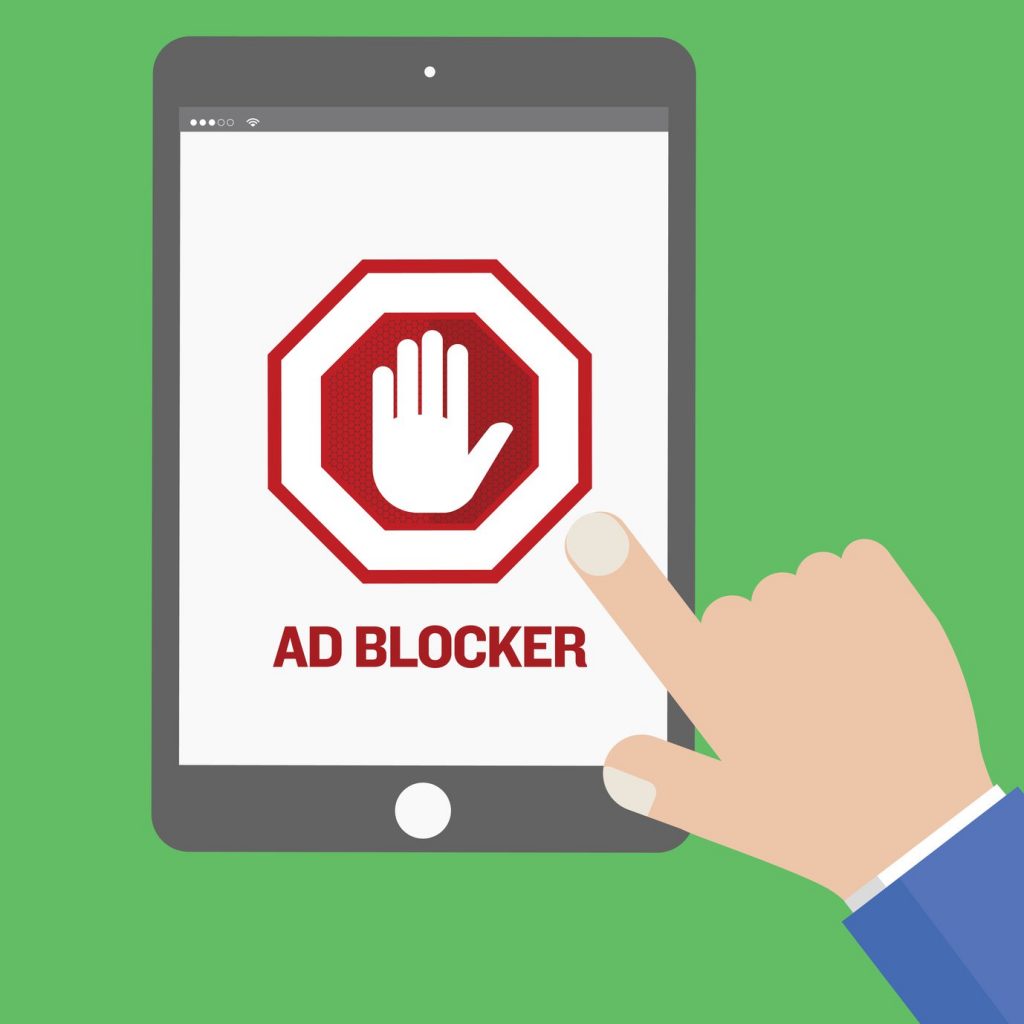
Post sponsored by Concordia University, St. Paul
By Tricia Hussung
Even if you’re marketing your business online, are you sure anyone is seeing your ads?
According to The Drum’s Tony Connelly, as many as 63% of internet users ages 18 to 34 are using ad-blocking software when viewing digital content, and 41% of internet users overall block ads. PageFair recently published a report on ad-block rates that provides unprecedented insight into how users utilize ad-blocking software when they browse the web. For example, in the United States there were 52 million devices (desktop and mobile) employing some kind of adblocking software as of Dec. 2016. This widespread usage of ad-blocking methods has created a demographic that marketers can’t reach with traditional digital marketing strategies.
Especially because advertising is the way content on the web is financially supported, ad blocking can have a negative effect on marketing efforts. “Many of the most popular tools marketers use to measure and analyze visitors’ activities on their websites—and improve user experiences—may be affected,” writes Lindsay Kolowich on the HubSpot blog. But there are ways to create valuable web content that isn’t blocked. Savvy marketers can adapt by gaining a better understanding of ad-blocking software as well as the expectations of their target audience.
Welcome to the adblock age
Ad blocking—done via browser extensions, plugins, or other software—removes advertising from webpages. This can include text ads, banner ads, sponsored content, and video pre-roll ads. What might be blocked by these tools varies. Some remove all advertising from webpages, while others block things that are perceived as a privacy risk, like the “tracking codes that provide marketers with information about visitors’ activities on the page,” according to HubSpot’s Kolowich.
Ad-blocking methods offer benefits like faster load times and improved battery life to the user, but they can undermine the efforts of marketing teams by affecting analytics. Ad-blocking technology can also negatively impact user experience: “To a site visitor using one of those [ad-blocking] apps, your website might look like it’s straight up missing content or has broken links,” writes Kolowich. Ad-blocking technology exists on a wide variety of platforms: desktop, Android, and iOS users all have the option to block ads for browser applications.
By far the most popular extension on the market is Adblock Plus, which is the most downloaded browser extension of all time, according to video intelligence company Vidooly. As a content and ad-blocking extension, Adblock Plus has around 50 to 60 million users per month; 2.3 million people download the extension each week, reports content marketing platform ScribbleLive. Software like this is here to stay, resulting in a changing marketing landscape that leaves traditional methods behind.
But who is using this software? Connelly cites a study by marketing firms Moz and Fractl, which found that “the take-up of ad blocking software is most popular among millennials with a solid majority … using it when viewing digital content.” The study, which focused on how to market to millennials, found that mobile/in-app advertising was perceived as least effective, with 29.5% finding it “very irrelevant.” What’s interesting is that millennials also have the highest trust in online and mobile ads, reports Michelle Castillo at CNBC, which means that “if companies can send their messages in a natural way without seeming like an ad, it can be very effective.”
Marketing strategies to overcome adblock
The widespread use of ad-blocking technology means that marketers have to be smarter about how they allocate their budgets. They can achieve this by evaluating how effective their current strategy is and where it can be improved. Marketing teams can conduct research to find out if their target audience uses ad blockers, then interact with current and prospective customers to evaluate whether current ads are effective. Now that ad blockers are removing or hiding ads from websites, viewability is more important than ever.
